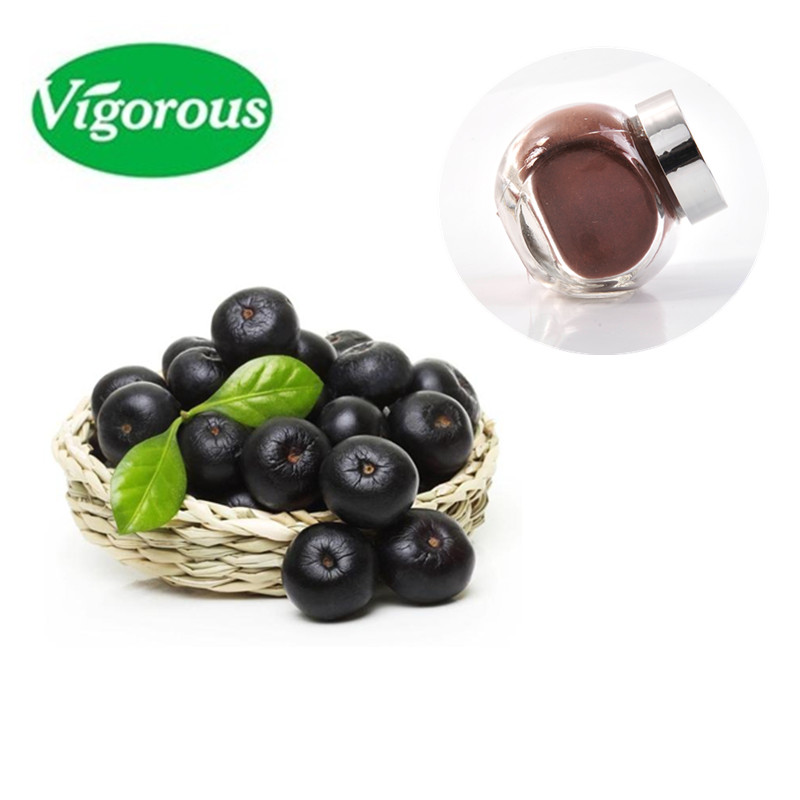
Salt is not a must-have in your diet. You can still enjoy a variety of delicious foods and low in sodium. You need to select the right kinds of food. Some examples of these foods include processed meats, canned goods and cheese. You can also opt for low-sodium tomato paste and juice. Low-sodium meats, dairy products and other products can also help you save money and time.
Fresh fruits, vegetables, whole-grain pasta, and other foods are some of the low-sodium foods. Nuts contain healthy fats and are a great source of protein, fiber, and essential vitamins and minerals. They are also rich in antioxidants that fight free radical damage as well as the negative effects of salt. This article will show you how to cut down sodium.
Avoid the adverse effects of sodium. You can opt for food labels that indicate their sodium content. Look for the "Heart Check" seal. High sodium levels are a major problem with processed meats. You should avoid them. In addition, make sure to check the ingredients and make sure they are labeled as "low sodium" or "low sodium." If you're not sure, try cooking with fresh herbs instead. There are many options for substitutes: celery seed, onion and garlic powder.
Try substituting low-sodium processed cheddar cheese to reduce your sodium intake. Consider using substitutes such as cottage cheese, mozzarella, and buttermilk. You can also replace table Salt with spices, and substitute canned drinks for homemade. Avoid canned foods and roast salted nuts. These foods are high-sodium and should be avoided. It is also a good idea not to rinse canned food with water before you consume them.
Try to spread sodium throughout your day in order to avoid overeating. Try choosing fruits and veggies to lower your sodium intake. Also, avoid high-sodium meals. Ask for less salt in restaurants. Custom-made dishes are better for you and contain fewer sodium. Ask for sauces or dressings to be served with your order at a restaurant. Ask for lower-sodium options if you dine out.

The first step to follow when reducing sodium intake is to check the labels of the foods you eat. Always read labels. You can read the serving size, the ingredients, and the sodium content. Generally, a product should not contain more than 140 mg of sodium per serving. Popcorn can be spiced to enhance its flavor and keep you on a low-sodium diet. This snack is high in fiber and very low in sodium.
While you should avoid salty foods, there are also foods that are low in sodium. These include whole grains and breads, which are high in fiber and are low in sodium. Rice bran is a good source, with only 6 mgs of sodium per cup. Be aware that whole grain products can contain additional salt. Multigrain bread is an example of this. It contains 170 milligrams sodium.
Fresh fruit is a great way to cut down on sodium. Fresh fruits have very low sodium levels and are high in essential vitamins. For example, an apple contains about one milligram of sodium, which is equivalent to 6% of your recommended daily intake of sodium. Greek yogurt contains the same amount of sodium that plain yogurt, but has more protein. This makes it a great choice if you are watching your sodium intake. It is also rich in potassium which is crucial for maintaining healthy levels of blood pressure.

Some foods have extremely high sodium levels. However, they are still relatively low compared to other foods. Vegetables, while being a great source for fiber and low in sodium, have higher sodium levels than other foods. A cup of beets, for example, has 84 mgs sodium. Half a cup (or more) of spinach has 63 grams. Asparagus, green beans, avocado, and corn are all "salt-free".
FAQ
Can I learn how to cook together with my children?
Yes! Kids love to help in the kitchen. It's a fun activity that teaches them responsibility and teamwork. Children can help with everything from washing vegetables to chopping onions. Children will love helping to cook if they are taught safe knife handling techniques.
What are some of the benefits of using slow cookers?
Slow cookers are extremely useful as they make it easy to cook delicious meals in a short time. Slow cooker recipes require less oil or fat than traditional recipes, making them healthier. Because they cook for you while you sleep, slow cooker recipes can be convenient.
How do I get hired as a chef?
The first step toward getting a job as a chef is to complete a culinary arts degree. Next, you should join a professional association such as the American Culinary Federation (ACF). This organization offers certification exams, as well networking opportunities.
How can you get motivated to cook well?
It's fun to cook for your friends and family. Cooking for one is easier than cooking for another. You can be inspired to cook if you try something new. You'll learn new techniques, and you'll be inspired to cook. Additionally, you can learn about new ingredients and techniques by incorporating recipes from different cultures into your cooking.
How can I learn more about cooking?
You can find cooking classes all across the country. Many schools offer courses in baking, pastry, and wine tasting. You can learn more about how to cook by enrolling in a class at either a local vocational school or community college.
Do I need to attend culinary school to become a cook?
No. No. Some chefs even attended culinary school to gain more experience. Culinary school is preferred by most chefs because they have more opportunities to grow and learn. Culinary schools give students hands-on experience, which allows them to develop valuable skills as well as improve their culinary knowledge.
Statistics
- On average, chefs earn $58,740 a year, according to the BLS. - learnhowtobecome.org
- The median pay for a chef or head cook is $53,380 per year or $25.66/hour, according to the U.S. Bureau of Labor Statistics (BLS). (learnhowtobecome.org)
- In the United States, the category is estimated at $23.2 billion annually and is growing faster than the market. (washingtonpost.com)
External Links
How To
How to cook a Steak
The right cooking method for any type of meat depends on its thickness. Thicker steaks should be cooked over low heat. Thicker steaks will need to cook at higher temperatures.
It's important to not overcook the steaks as they will lose their taste. And remember always to remove the steak from the pan when it's done - this way, you won't burn yourself.
Cooking times depend on the size of the steak and the desired degree of doneness. Here are some general guidelines:
Medium Rare: Cook till medium rare. This is when the internal temperature of the food reaches 145°F (63°C). This can take anywhere from 3 to 5 minutes per side.
Medium: Cook the meat until it reaches 160°F (71°C). This takes approximately 6 minutes per side.
You are done when the internal temperatures reach 180°F (82°C). This can take between 8-12 minutes per side.